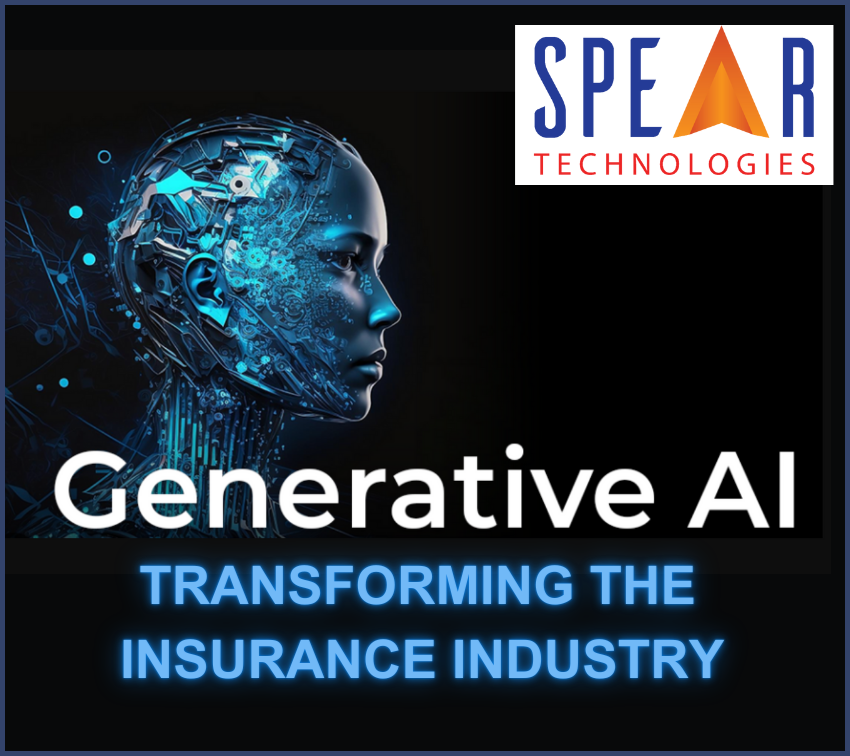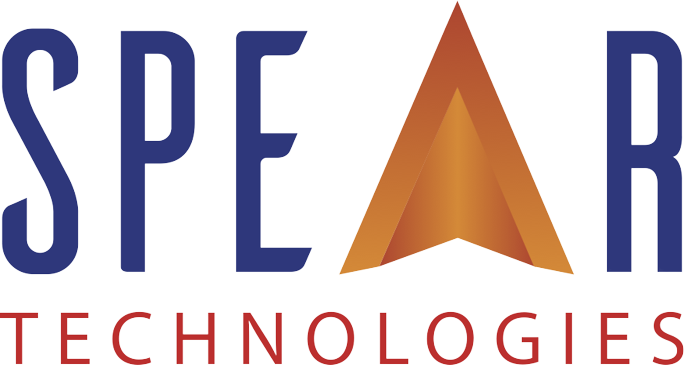Generative AI: Transforming the Insurance Industry

It seems that lately, everywhere you turn, you see AI in the headlines, particularly the topic of Generative AI and its promises for changing the way organizations do business. How much of the “Generative AI is transforming the insurance industry” promise is hype, and how much is reality?
First, it helps to define Generative AI and how it differs from traditional AI. Traditional AI excels at analysis and evaluation, particularly of large datasets, while Generative AI refers to a class of artificial intelligence algorithms that can generate new data or content based on the patterns and structures learned from existing data. These algorithms create outputs that resemble the original data set, producing text, images, and even complex models.
Key Characteristics of Generative AI
Generative AI can create new, original content such as text, images, audio, and video. For example, it can write articles, generate artwork, or produce realistic images. Its algorithms excel at pattern recognition with the ability to identify and learn underlying patterns in input data. By understanding these patterns, Gen AI can produce outputs that are coherent and contextually relevant.
Generative AI is able to synthesize new data samples that are similar to the training data. This is useful in scenarios where there is a need for additional data, such as in data augmentation for machine learning models. It can predict future data points or trends based on historical data. This capability is valuable in applications like forecasting, market analysis, and risk assessment.
Capabilities of Generative AI
Gen AI can assist in:
- Content Generation: Creating articles, blog posts, stories, and other written content.
- Image and Video Creation: Generating realistic images, videos, and animations.
- Product Design: Assisting in the creation of new product designs and prototypes.
- Data Augmentation: Enhancing training datasets for machine learning models by creating additional synthetic data.
- Virtual Assistants: Enhancing conversational AI and virtual assistants with more natural and contextually appropriate responses.
Benefits of Generative AI in Insurance
Generative AI has the potential to significantly reduce insurance claim costs and duration by performing time-consuming tasks and guiding adjusters toward optimal actions. It can analyze vast amounts of data to provide actionable recommendations, enhancing the efficiency and accuracy of the claims process.
Automating Manual Processes with Generative AI
For example, a typical Property & Casualty (P&C) insurance claim involves reviewing the insured property, consulting repair professionals, and manually assessing the condition of the property to determine the appropriate course of action. This manual process can lead to delays, additional damages, increased operational inefficiencies, and higher claims costs.
Recommendations, Damage Assessments & Resource Allocation
Leveraging traditional AI and generative AI, the adjuster inputs data such as estimates, photos, and notes into the system. Traditional AI algorithms analyze the available data, including past similar incidents and the costs of previous repairs. Based on this analysis, generative AI can provide appropriate recommendations for the best next actions.
For damage assessment, generative AI can analyze photos of the damaged property to accurately assess the extent of the damage. It can identify specific areas that need repair and estimate the repair costs based on similar past claims. By generating detailed virtual models of the damaged property, generative AI can simulate different damage scenarios and suggest the most cost-effective and efficient repair methods.
In terms of resource allocation, generative AI can recommend the best repair professionals or contractors based on past performance, cost, and proximity to the damaged property. This ensures that the most qualified and cost-effective vendors are chosen for the job. It can also predict the time required for various repair tasks and help in scheduling them in an optimal sequence to minimize downtime and expedite the repair process.
Claim Validation & Fraud Detection
For claim validation and fraud detection, Gen AI can cross-check the input data with historical claims to identify any inconsistencies or anomalies that may indicate potential fraud. This helps in validating the legitimacy of the claim. It can also recognize patterns indicative of fraudulent behavior, such as repeated claims from the same insured individual or unusual claim amounts, and flag them for further investigation.
Regarding customer communication, generative AI can automatically generate and send updates to policyholders about the status of their claims, estimated repair timelines, and any additional information required. This keeps the customers informed and reduces the need for manual follow-ups. It can also provide personalized advice to policyholders on preventive measures they can take to avoid future claims, based on their claim history and risk profile.
Decision Support
For decision support, generative AI can provide adjusters with actionable insights and recommendations for the best course of action based on the analysis of the claim data. This helps in making informed decisions quickly and accurately. It can also simulate various scenarios and their potential outcomes, helping adjusters understand the implications of different decisions and choose the most favorable one.
By incorporating Gen AI into the claims process, insurers can achieve faster, more accurate, and cost-effective claims handling. This not only improves operational efficiency but also enhances customer satisfaction by providing timely and transparent claim resolutions.
Building Trust and Accountability
One concern regarding the adoption of AI centers around the system’s ability to explain how it makes decisions. This is an area where Generative AI excels. Traditional AI models can be somewhat mysterious in their logic and conclusions. Gen AI addresses this by providing interactive decision support, explaining results in plain language, and even engaging in conversations. Insurers can ask open-ended questions and interact with Gen AI to gain clear, easy-to-understand explanations, enhancing their confidence by clarifying the factors impacting risk predictions. Gen AI helps users comprehend the reasoning behind the model’s conclusions, playing a significant role in establishing trust and accountability, which are essential in the insurance industry.
The Future of Generative AI in Insurance
Generative AI represents a significant advancement in artificial intelligence, enabling machines to produce creative and original content. Its ability to learn from existing data and generate new, high-quality data has broad applications across various industries, including entertainment, design, marketing, and more. Insurers can leverage generative AI in several transformative ways to enhance their operations, improve customer experiences, and drive efficiency.
To see first-hand how your organization can benefit from Generative AI with SpearClaimsTM, our award-winning claims system built by industry experts on a modern low code platform that delivers the power of built-in AI and Analytics while lowering your total cost of ownership, Schedule a Demo.
To discover how Spear’s solutions are accessible to insurers of all sizes, Request Pricing.
